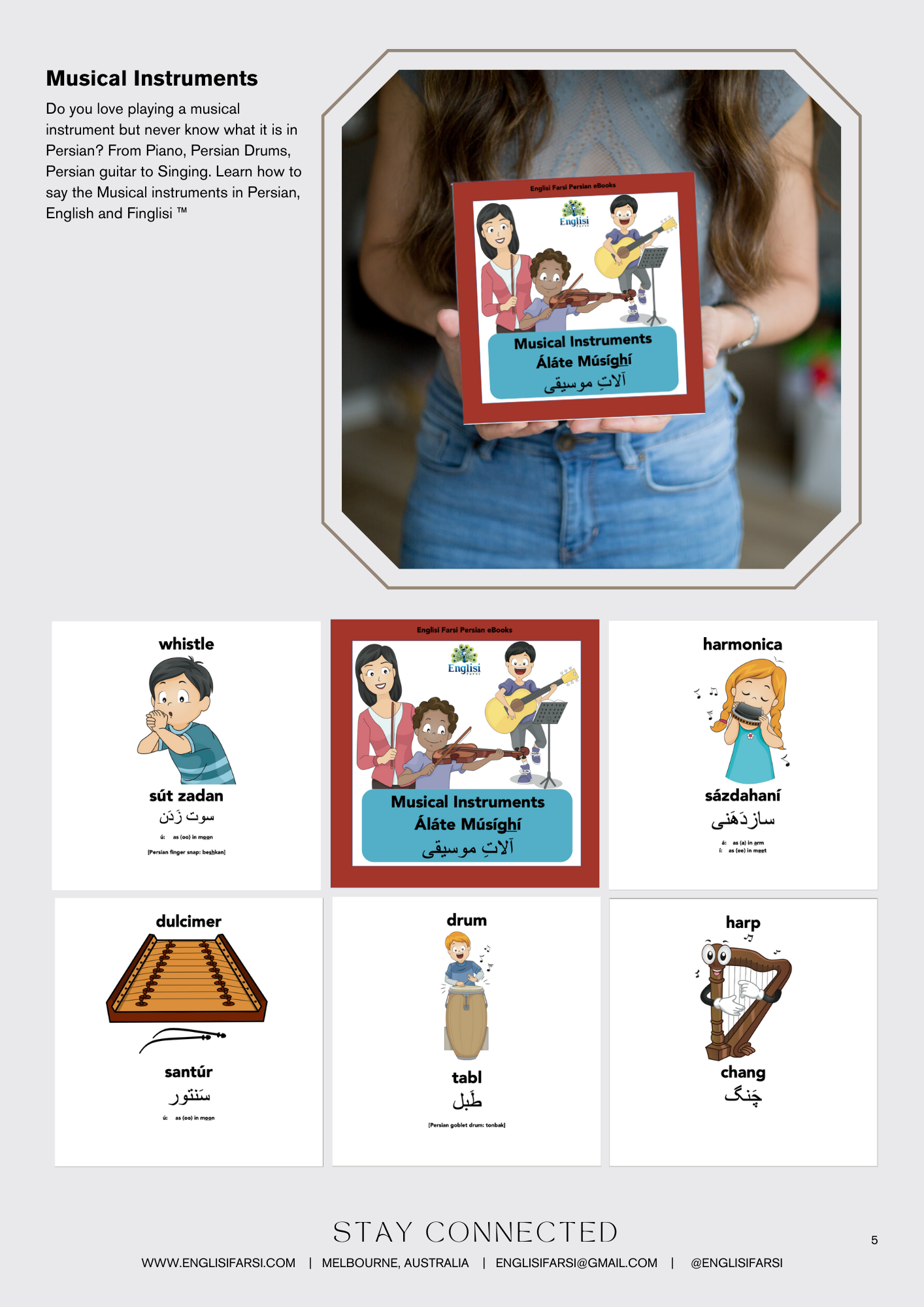Persian words for People Living with disability and Medical conditions
Persian words for Medical Conditions & people living with Disability
Children love playing and learning the vocabulary to help make sense of the world around them. You can do this very easily in Persian. The easiest and simplest ways to introduce your child to learning Persian via simultaneous acquisition).

Medical terminology can be complex and overwhelming, especially when faced with health concerns. In this blog post, we aim to demystify medical terminology in Persian by exploring two common terms: blood pressure and anxiety. By understanding these terms in Persian, individuals can better navigate discussions with healthcare providers, advocate for their health, and foster a greater understanding of their well-being. Let's delve into the world of medical terminology in Persian and empower ourselves to make informed healthcare decisions.
-
"فشار خون" (Blood Pressure) Fesháre khún: Blood pressure, a critical measure of cardiovascular health. This term encompasses the force exerted by circulating blood on the walls of arteries. Understanding "فشار خون" allows individuals to communicate with healthcare professionals effectively and monitor their cardiovascular health. Regular blood pressure checks are crucial for early detection and management of hypertension, promoting overall well-being.
-
"اضطراب" (Anxiety) Ezteráb: Anxiety, a common mental health condition, This term represents feelings of worry, unease, and fear that can affect daily life. Recognizing and discussing "اضطراب" empowers individuals to seek appropriate support and treatment for their mental well-being. Open conversations about anxiety with healthcare professionals can lead to effective management strategies and improved quality of life.
Navigating Medical Terminology in Persian: When faced with medical terminology in Persian, it is essential to communicate clearly and understand key phrases related to one's health. Here are a few additional medical terms that can be helpful:
- "قند خون" (Ghande khún): Blood sugar levels, especially in the context of diabetes.
- "بیماری قلبی" (Bímárí-ye qalbí): Heart disease, including various conditions affecting the heart.
- "درد معده" (Darde míde): Stomach pain, often associated with gastrointestinal issues.
- "درمان شیمیایی" (Darmane shímiíáyí): Chemotherapy, a treatment method for cancer.
Conclusion: Understanding medical terminology in Persian empowers individuals to take an active role in their healthcare journeys. By familiarizing ourselves with Persian words related to blood pressure and anxiety, we can engage in informed discussions with healthcare professionals, seek appropriate care, and advocate for our well-being. Remember, effective communication and comprehension of medical terms play a vital role in navigating the healthcare system and achieving optimal health outcomes. Let us embrace the power of language as we prioritize our health and work towards a better understanding of medical terminology in Persian.
Music is the greatest tool for memorisation.



















